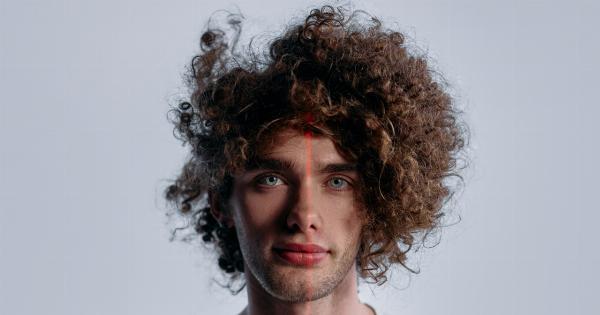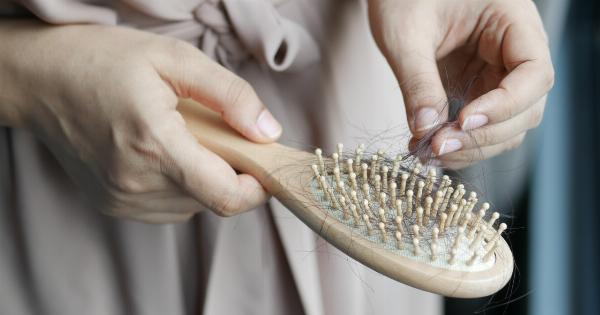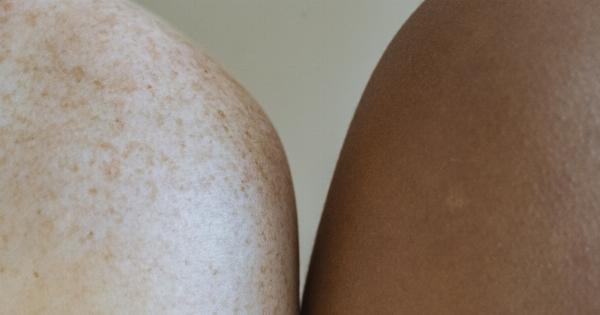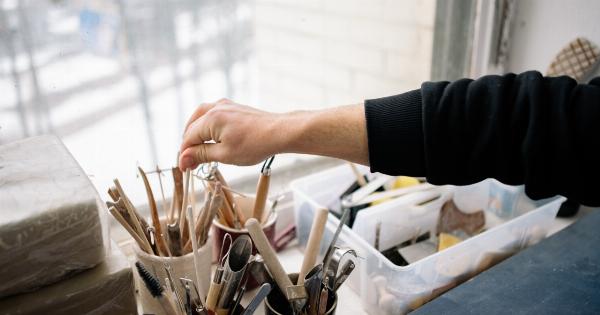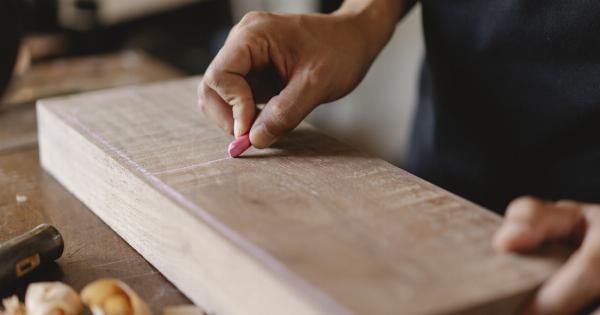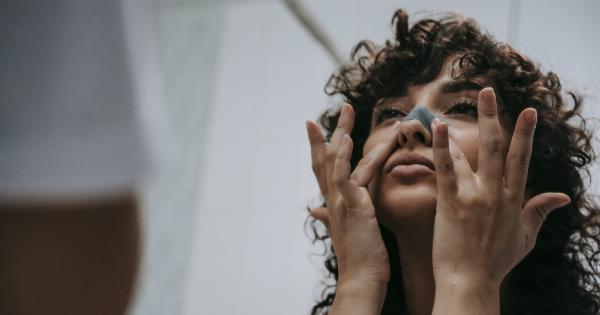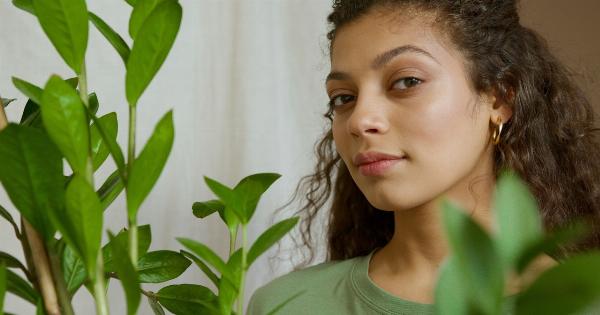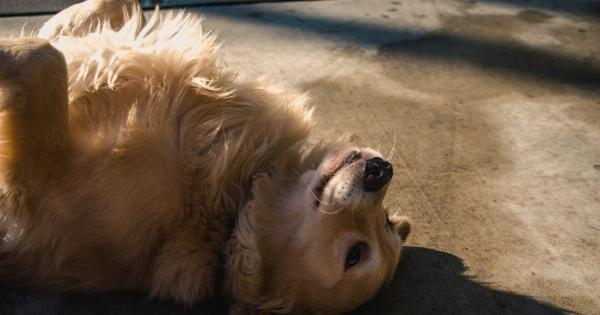Hair removal is a common practice for both men and women. Traditionally, hair removal was done through shaving, waxing, threading, or plucking.
In recent years, techniques like laser and IPL (Intense Pulsed Light) have gained popularity, but they can be painful and expensive. However, an ancient method of hair removal that has stood the test of time and proven remarkably effective is threading. Threading is a technique that originated in the Middle East, and it involves using a twisted thread to remove hair from the root.
In this article, we will discover the remarkably effective ancient method of hair removal: threading.
How does threading work?
Threading involves the use of a thin cotton or polyester thread that is doubled and twisted. The thread is then rolled over the areas of unwanted hair, plucking the hair at the follicle level.
This results in smoother and longer-lasting hair removal compared to other methods like waxing and plucking.
The benefits of threading
There are several benefits of threading that make it a popular method of hair removal. Firstly, it is less painful than other hair removal methods because it only targets the hair and does not pull on the skin.
Secondly, because threading removes hair from the root, it takes longer for the hair to grow back, and the regrowth is usually finer and less noticeable. Finally, threading is suitable for all skin types, including sensitive skin, and there are no chemicals involved, making it a safer option for people with allergies or sensitivities.
Areas where threading can be done
Threading can be done on any part of the face, including the eyebrows, upper lip, chin, and sideburns. It can also be done on other parts of the body, like the arms, legs, and bikini line.
However, some people may find threading to be more painful on the body, and it may take longer to complete larger areas.
How to prepare for threading
There are a few things you can do to prepare for threading. Firstly, make sure that the hair is long enough for the thread to grip, usually around one-eighth of an inch.
Secondly, avoid using any creams, lotions, or oils on the area to be threaded, as it can interfere with the thread’s grip on the hair. Finally, avoid sun exposure and tanning for at least 24 hours before threading, as it can make the skin more sensitive.
The threading process
Before the threading process begins, the area to be threaded will be cleaned and sanitized.
The thread will then be doubled and twisted, and the technician will hold one end of the thread in their mouth while using the other end to move over the hair, pulling the hair out from the roots. The technician will continue to move the thread over the area until all unwanted hair is removed. Finally, a soothing lotion or aloe vera gel may be applied to the area to calm any redness or irritation.
The aftercare
After threading, avoid touching the area as much as possible to prevent bacteria from getting into the pores. Avoid applying makeup for at least a few hours, and do not use any harsh skincare products.
A cold compress can be used on the area to reduce any swelling or redness. Finally, avoid sun exposure and tanning for at least 24 hours after threading, as the skin will be more sensitive.
Conclusion
Threading is an ancient method of hair removal that has been used for centuries in the Middle East and India. It is a safe, effective, and relatively painless method of removing unwanted hair from the face and body.
Threading has several benefits, including longer-lasting results, finer regrowth, and suitability for all skin types. If you’re looking for a new hair removal method, give threading a try. You might be surprised at how remarkably effective it is.




